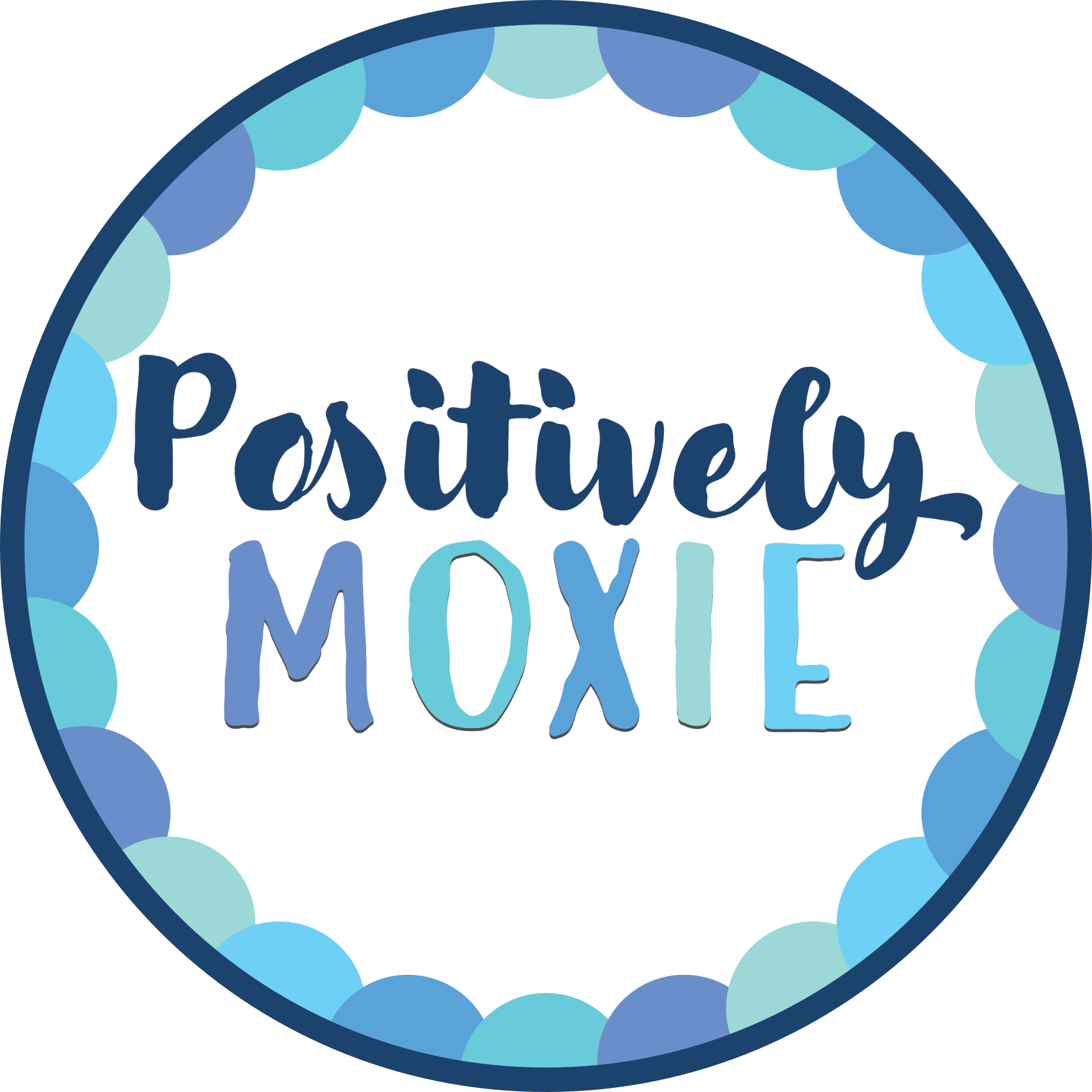
Movement breaks in the classroom are short bursts of simple exercises that release energy and prepare the brain for learning. They also allow the brain a brief break from learning and the opportunity to process and consolidate information. Finally, movement breaks provide exercise and fitness for improved academic performance and healthy living.
Why is movement in the classroom important?
Movement and exercise improve brain function by increasing oxygen to the brain through better circulation. This positively impacts cognitive function, attention, and memory. Additionally, exercise helps improve alertness and motivation, which is crucial in a learning environment. In John Ratey’s book, Spark, he discusses the many positive effects of exercise including enhanced memory and sharpened thinking.
How do you implement classroom movement breaks?
Similar to using sensory breaks, using practical and easy-to-implement movement breaks is key to greater focus and sustained attention, resulting in improved learning! The following are suggestions for classroom implementation.
Classroom Management Strategies:
When introducing a new routine with your students, it is important to define the expectations clearly. Teachers might ask themselves:
- What time of day will we do these movement breaks?
- How many movements will we do? Who will lead the class?
- What do the students do when they are done?
- What happens when students don’t follow directions or get silly?
Equally important is to prepare the room and ask, “Is there enough room for my students to safely and efficiently do the movements?” Other strategies include starting small, using a step-by-step approach, using basic visual and auditory cues, providing time limits, repeating the movements as needed, being firm, and moving continuously.
Classroom Transition Time and Movement Breaks:
As students practice the movement breaks, the overall transition time increases. Understandably, there will be some “silliness” when these breaks are introduced. However, this will subside, and the new movements will become a natural classroom routine. Effective strategies to reduce transition time include practicing the movements ahead of time and establishing a solid routine that is well-understood by the students.
Tips for Using Movement Breaks for the Unmotivated Students:
First, start by building on student strengths and setting high expectations. Develop a safe and secure classroom environment where all students are supported. Moreover, avoid power struggles, use rewards carefully, and encourage cooperation.

Tips for Hyper-motivated Students:
Next, introduce the movements observantly and repeat directions frequently. It is important to respond immediately to class rules being broken by providing relevant feedback and stating consequences regularly. Furthermore, be consistent and fair. Avoid giving extra attention to “silly” behavior and keep the class moving.
Movement Break Safety Tips:
Last (but probably should have been first…), is student safety. Student safety is the highest priority when moving within the room, even if the activity is nearby a student’s desk. For example, teachers might ask themselves: What rules must I enforce to maintain a safe environment for my students? How can I allow my students to move around my classroom and keep classroom items from being broken or damaged? What items in the classroom are breakable? What items in the classroom are sharp or tripping hazards?
10 Ways to bring movement breaks into the classroom
- Introduce a “movement tool of the day.” Set aside a specific time each day to explain, model, and then practice each exercise. Start with the first movement on the list, or have a designated student choose the tool, or mix it up!
- Designate a “Student Mover” of the day. Have this student choose the movement tool(s) to be used that day. This designated student can lead the class in the exercises.
- Play “Movement Charades.” Place movement tool cards into a container. Have students choose a card from the container (without letting their peers see it) and pantomime a tool. See if other students can guess the tool. Practice the exercise as a group.
- Play the “Describe the Tool” game. Place movement tool cards into a container. Have students choose a card from the container (without letting their peers see it) and describe the tool verbally without using words in the tool’s name, rhyming words, or gestures. Practice the exercise as a group.
- Substitution ideas for counting: Instead of counting each movement to 10 incorporate orally spelling words, recite the ABCs for younger students, count backward, count higher, or start counting from another number and count up or down, etc.
- I Do, You Do: Have students partner up and alternate each movement exercise.
- Add music. Provide upbeat music to the exercises. When the music stops, that is the signal that all exercises are done, and students need to return to their seats.
- Fitness Freeze game. Have students start the exercise and then “freeze” in mid-motion to practice balancing skills. Identify one student to lead the group by announcing “freeze” and then “go” to the class.
- Create Movement Stations. Within your classroom, post movement cards in different locations. At designated times, direct 1 or 2 students to go to a station and complete the exercises. Change out movements periodically.
- Post the 20 Tools in your classroom’s calming corner or break area. Students can reference the list and complete the exercises on their own.
In conclusion, providing short movement breaks during classroom instruction helps your students get their blood flowing to their brains for better engagement and learning. Additionally, movement improves brain function by increasing oxygen to the brain through better circulation. These factors positively impact cognitive function, attention, and memory. Using movement breaks is important to improved learning!
Meanwhile, are you looking for more? Please check out our product, 20 Movement Breaks which includes 3 versions of exercises for your students to use for an easy transition back to seated work in the classroom.



